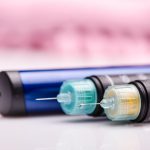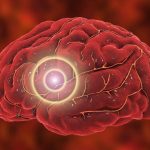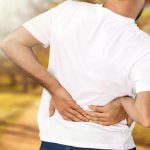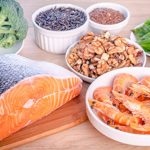
The U.S. Food and Drug Administration is investigating reports of additional dangers linked to several wildly popular weight-loss drugs. In a quarterly report issued this week, the agency said it is investigating cases of hair loss; aspiration (when food or other objects get into the airways); and suicidal ideation in people who used the medications. Some of the drugs in this class, known as GLP-1 receptor agonists (GLP-1 RA), include Ozempic, Wegovy, Mounjaro and Zepbound. While these reports can turn out to be false alarms, previous investigations have prompted the FDA to update a drug’s labeling or call for additional study on the issue. This isn’t the first time the agency has looked into potential complications with these weight-loss drugs: Last year, the agency investigated reports of intestinal obstructions linked to the medications. Ozempic’s labeling was subsequently updated to acknowledge that risk, CBS News reported. “We are aware that, as part of those monitoring efforts, [the] FDA is evaluating several potential signals related to GLP-1 RA medicines and has posted information about those ongoing assessments on its website,” a spokesperson for Novo Nordisk, which makes Ozempic and Wegovy, told CBS News. “Novo Nordisk stands behind the safety and efficacy of all of our GLP-1 RA medicines when they are used as indicated and when they are taken under the care of a licensed healthcare professional,” the spokesperson added.… read on > read on >


















